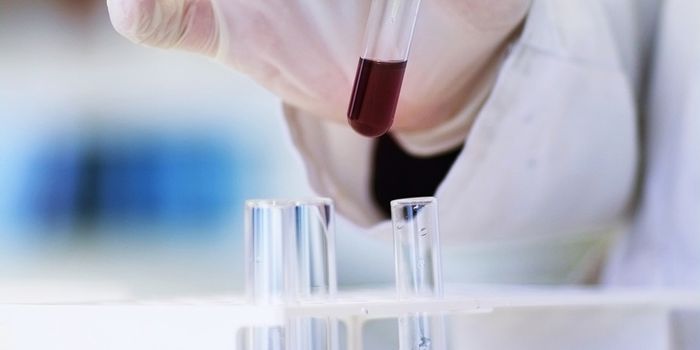In a
honeybee hive, the queen bee has a vital role. She is responsible for the production of all of the eggs in the hive, laying about 1,500 identical eggs a day. The worker bees take care of each egg, placing the fertilized eggs into individual honeycombs to nurture as they develop into the next generation of bees. With so many heirs to the throne, how does the queen choose her successor? Scientists have discovered that a special class of worker bees known as “nurse bees,” are actually the selector of the new queen. A special diet of “royal jelly” is fed to specific larvae. This protein-packed goo is responsible for developmental changes in the larvae that turn them into a queen.

While it is largely unknown how this royal jelly affects specific developmental processes, it is known that the proteins within the royal jelly cause epigenetic changes. Epigenetic changes are the turning off and turning on of particular genes to make certain proteins or kick-start specific cellular pathways that would change the development of the bee into the vastly bigger, fertile, queen bee. While this was originally thought to be the only reason for the royal jelly, Dr. Anja Buttstedt and her team at the Institute for Biology, Zoology in Germany determined two proteins called MRJP1 and apisimin that are responsible for the viscosity of the royal jelly, which holds the potential queen at a certain position in the honeycomb, which affects her development.

Royal jelly is much more acidic than the normal food fed to the other bees, which changes the structure of the protein MRJP1. At the higher acidity
, MRJP1 binds with another protein known as apisimin. This complex forms a strong fibril network that causes the royal jelly to hold its shape, and subsequently hold the infant queen in a certain position. It was once thought that MRJP1 was specifically needed to create physiological changes within the queen, but we now know that it is the structural component of the royal jelly that better determines the development of the queen. So just as future queens are pampered in our world, the future queens in the
honeybee world are equally as pampered










